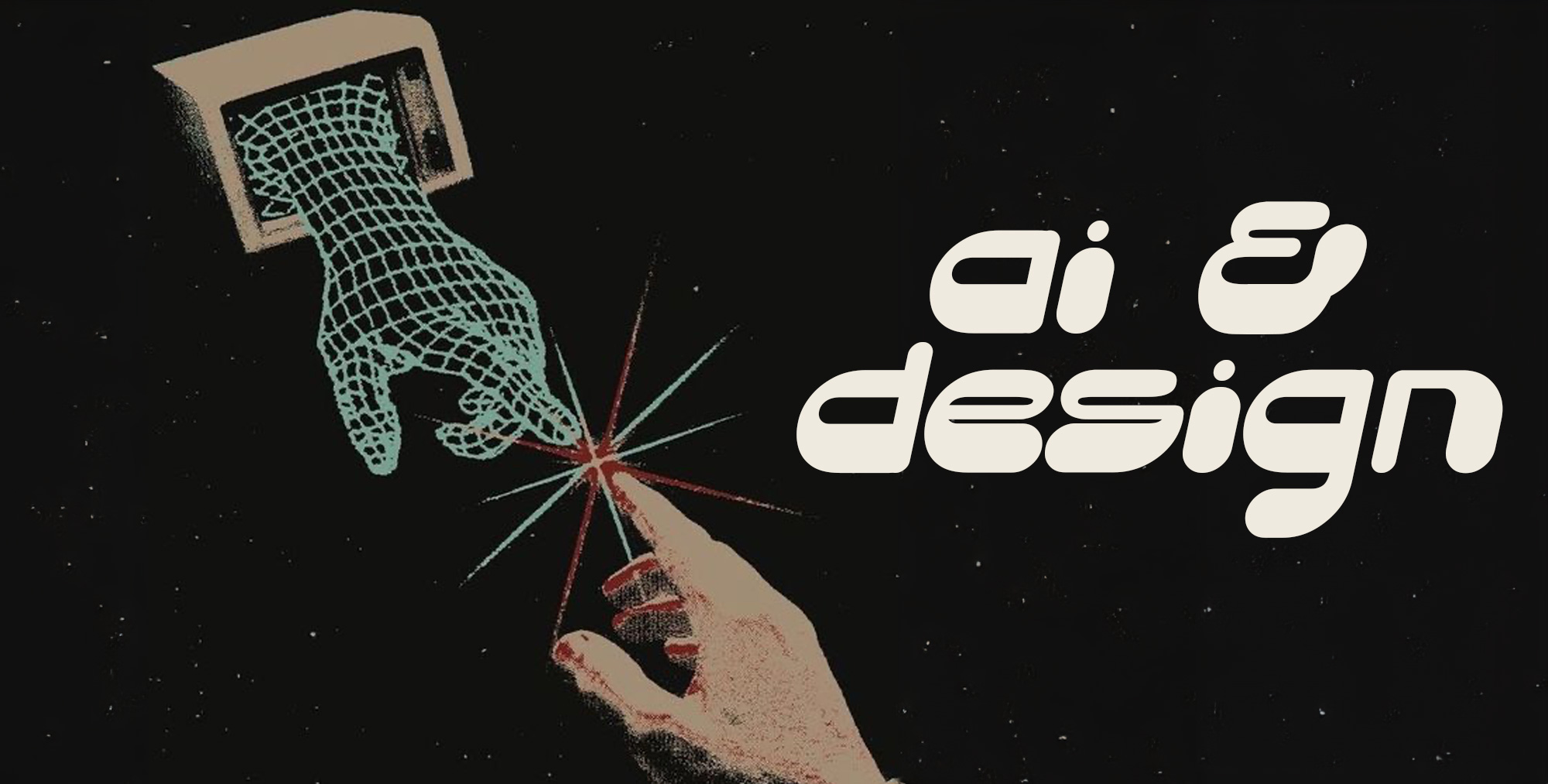Ai and graphic design

A Creative Evolution
In the dynamic world of graphic design, the integration of Artificial Intelligence (AI) has sparked a revolution, transforming the way designers work, create, and innovate. This groundbreaking technology is not only streamlining workflows but also opening up new realms of creativity. Let’s delve into how AI is shaping the future of graphic design.
Automating Repetitive Tasks
One of the most significant ways AI is assisting graphic designers is by automating repetitive tasks. From resizing images to generating layout variations, AI-powered tools can handle mundane tasks quickly and efficiently. This automation frees up designers’ time, allowing them to focus on more creative aspects of their work. For example, tools like Adobe Sensei and Canva’s Design AI can generate design suggestions based on user input, providing instant inspiration and saving valuable time.
Enhancing Creativity with Generative Design
Generative design, a subset of AI, is revolutionizing the creative process for graphic designers. By leveraging algorithms and machine learning, generative design tools can produce a myriad of design options based on specified parameters. This enables designers to explore a vast range of possibilities and discover new, innovative solutions. Whether it’s creating unique patterns, typography styles, or artwork variations, generative design empowers designers to push the boundaries of their creativity.
Personalizing User Experiences
AI is enabling graphic designers to deliver more personalized and targeted user experiences. Through data analysis and machine learning algorithms, designers can gain insights into user behavior, preferences, and demographics. This information allows them to tailor design elements such as colors, layouts, and content to better resonate with their target audience. Personalized user experiences not only enhance engagement but also foster stronger connections between brands and their customers.
Improving Image Editing and Enhancement
AI-powered image editing tools are revolutionizing the way designers manipulate and enhance photographs and graphics. Advanced AI algorithms can automatically remove backgrounds, retouch images, and even generate realistic photo manipulations with incredible precision. These tools, such as Adobe Photoshop’s Content-Aware Fill and AI-based photo enhancers like Luminar AI, enable designers to achieve professional-quality results in a fraction of the time it would take using traditional methods.
Facilitating Design Accessibility
AI is making graphic design more accessible to individuals with diverse abilities and skill levels. Through the development of intuitive design tools and features, AI is breaking down barriers and empowering more people to express their creativity. Features such as automated alt-text generation for images, voice-activated design commands, and real-time design feedback are making it easier for users of all backgrounds to engage in graphic design tasks.
Conclusion
As AI continues to evolve, its impact on the field of graphic design will only become more profound. By automating repetitive tasks, enhancing creativity, personalizing user experiences, improving image editing capabilities, and facilitating design accessibility, AI is revolutionizing the way designers work and creating new opportunities for innovation. Embracing AI-powered tools and techniques can empower graphic designers to push the boundaries of their creativity, streamline their workflows, and deliver exceptional results. In this era of AI-driven design, the possibilities are truly limitless.
What we are using
Meeting Assistance – Otter.ai
https://otter.ai
Graphic Assistance – Leonardo.ai
https://leonardo.ai
Music Generator – Udio
https://www.udio.com
Ai web browsing – Arc search
https://arc.net
Video Creation – HeyGen
www.heygen.com

